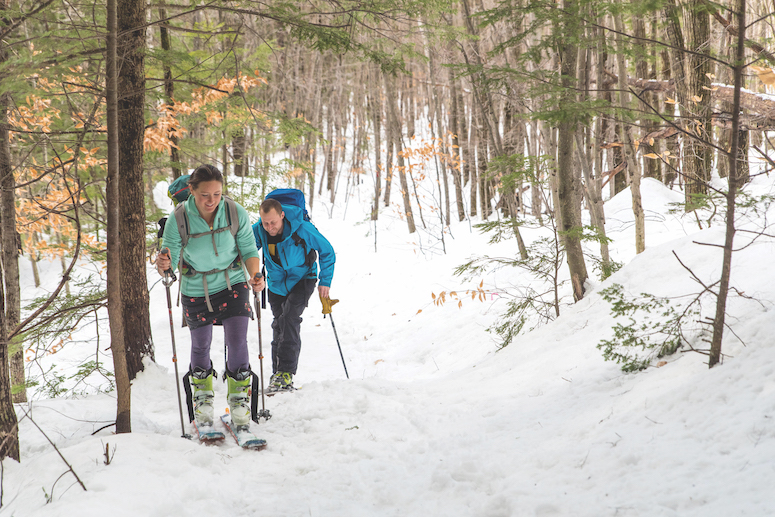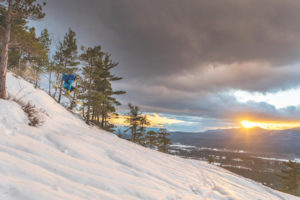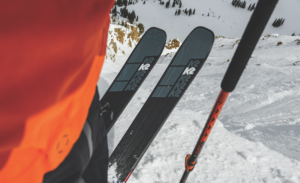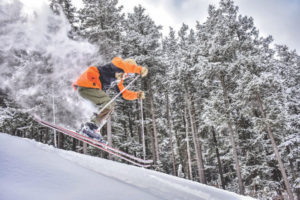
Each year, the increasing cost of lift tickets drives skiing further into the classification of being an “upper-class” sport. To ski some of the more popular resorts like Aspen-Snowmass and Stowe, skiers are shelling out well over $100 (and sometimes up to $200) at the ticket office.
But as resort prices continue to skyrocket, so is the popularity of backcountry skiing. According to the Snowsports Industry America, during the 2017-18 ski season, 703,000 people reported alpine touring and 682,000 reported snowboard touring in the backcountry. And ski manufacturers are catching on, offering more options each year for those interested in earning their turns.
With ski season rapidly approaching New England, the skis and tuning kits are starting to come out of the closet, and the latest ski edits are becoming integrated into our Netflix rotation. Regardless of whether you are looking to get into the backcountry for the first time this season or you’re a seasoned veteran, there is plenty you can do to prepare before the snow flies.




